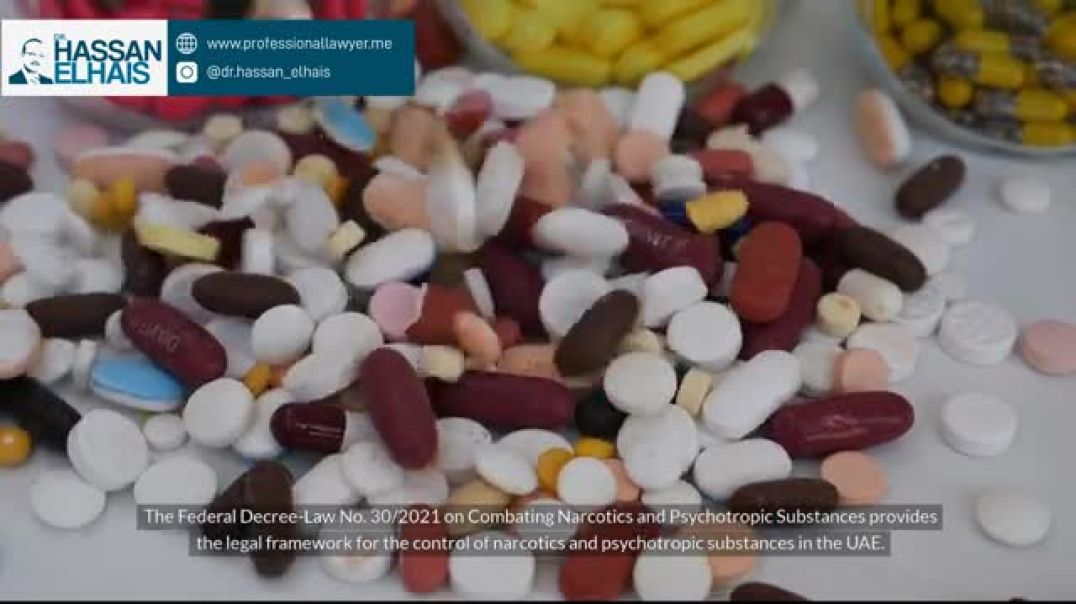3 Views· 20 August 2022
What is Diabetes Mellitus? - Understanding Diabetes - Diabetes Type 1 and Type 2
What is Diabetes Mellitus?
Diabetes mellitus occurs when there is a deficiency in insulin production. This results in high level of blood sugar in the body. Without insulin in our body, glucose cannot enter the body cells and is excreted through urine, which results in its loss. An increase in blood glucose concentration leads to loss of water in cells, via osmosis, to blood.
To understand what happens in a diabetes patient, we need to understand what happens in the normal mechanism.
Whenever the blood glucose level increases, the pancreas respond by secreting insulin. Insulin has two functions here, it converts glucose to glycogen and increases metabolism of glucose in cells. This is how the glucose level falls and the blood sugar level goes back to normal.
When the blood sugar level is low, the pancreas respond by secreting less insulin, which in turn reduces the conversion of glucose to glycogen. The sugar level increases and blood sugar level goes back to normal.
Normally after we eat or drink, our body will break down sugars from our food and use them for energy in our cells. To accomplish this, our pancreas needs to produce a hormone called insulin. Insulin is what facilitates the process of pulling sugar from the blood and putting it in the cells for use, or energy.
If you have diabetes, your pancreas either produces too little insulin or none at all. The insulin cannot be used effectively. This allows blood glucose levels to rise while the rest of your cells are deprived of the much-needed energy. This can lead to a wide variety of problems affecting nearly every major body system.
Types of Diabetes
There are two types of Diabetes Type 1 and Type 2. Type 1 is also called juvenile diabetes or insulin-dependent diabetes, is an immune system disorder. Our own immune system attacks the insulin-producing cells in the pancreas, destroying our body’s ability to make insulin. With type 1 diabetes, one must take insulin to live. Most people are diagnosed as a child or young adult as it is inherited.
Its symptoms include frequent urination, thirst and fatigue, insulin shock and diabetic coma. Insulin shock can be described as a feeling of dizziness, sweating and paleness. Diabetic coma can be described as partial or complete loss of consciousness.
Type 2 is related to insulin resistance. It used to occur in older populations, but now more and more younger populations are being diagnosed with type 2 diabetes. A major risk factor of this type of diabetes is obesity. Obese people tend to get this more. Type 2 diabetes is mostly a result of poor lifestyle, dietary, and exercise habits.
With type 2 diabetes, our pancreas stops using insulin effectively. This causes issues with being able to pull sugar from the blood and put it into the cells for energy. Eventually, this can lead to the need for insulin medication. Its symptoms include blurred vision and fatigue.
How to Support Us?
One time Contribution: https://fundrazr.com/FreeMededucation
Become Our Patron and Monthly Supporter: https://www.Patreon.com/FreeMedEducation
Follow us:
YouTube: https://www.youtube.com/c/FreeMedEducation
Facebook: https://www.facebook.com/FreeMedEducation
Facebook Groups: https://www.facebook.com/groups/1162636387091983
#FreeMedicalEducation #Diabetes #DiabetesMellitus



























0 Comments